 TECH
TECH


 Photography by Joel Rode
Photography by Joel Rodehen Chevrolet Performance introduced its Connect & Cruise engine packages, it was a game-changer for those hot rodders looking to do an easier LS swap. The kits, which include a GM-brand, pre-programmed engine control unit (ECU) and ready-made wire harness, deemed it no longer necessary to spend time and resources chasing down the parts needed to outfit your new crate bullet with an engine management system. While not the end-all solution, at minimum, the included engine tune is adequate for a quick and uncomplicated start-up and a short drive to a local tuner and his chassis dyno. Armed with a computer and with the vehicle running under load, an experienced tuner can modify the GM program for optimal performance and driveability.
It’s as easy as 1-2-3.
However, if you are more than the average hot rodder looking for power greater than 430 hp, or plan on using the car for something other than the typical drive to the local cars and coffee, the GM system may not be the best choice for you.
When Joel Rode recently purchased a third-gen Camaro “basket case,” complete with a new, never-run LS3 Chevrolet Performance crate engine, he knew that the first modification he was going to do to the engine was to replace the GM engine management system with a Holley Terminator X system. Despite the fact that the car came with all of the parts he needed, and he is an experienced mechanic who has the necessary hardware, software, and know-how to modify the GM ECU, Rode still felt that, in the long run, the options available with the Holley system, as well as the ease of use provided by the integral touch screen and its programming capabilities, made it a better value. On top of all of that, Holley’s continual self-learning and self-tuning puts it over the top in comparison.
We followed along with Rode’s installation to show you just how easy it is. Through the process, we’ll explain some of the many features of the Holley system.
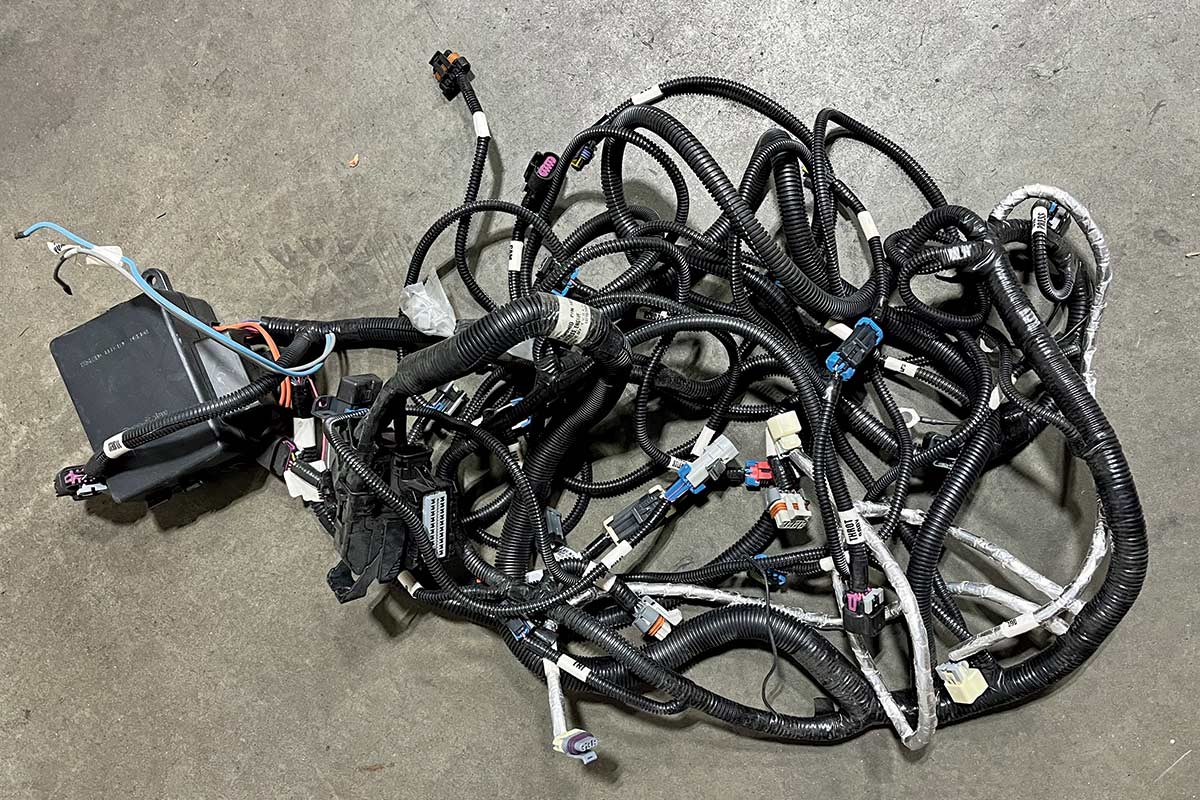



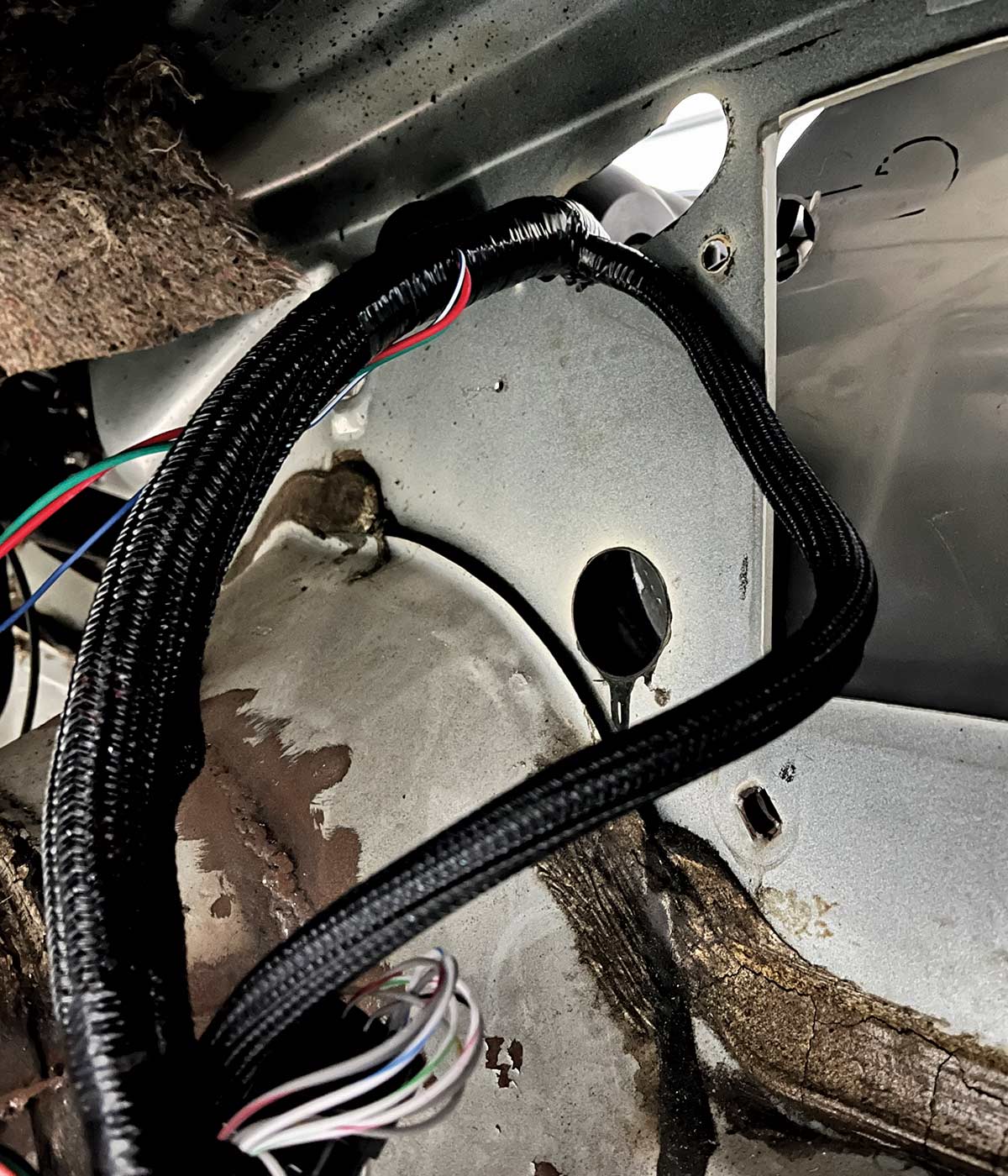


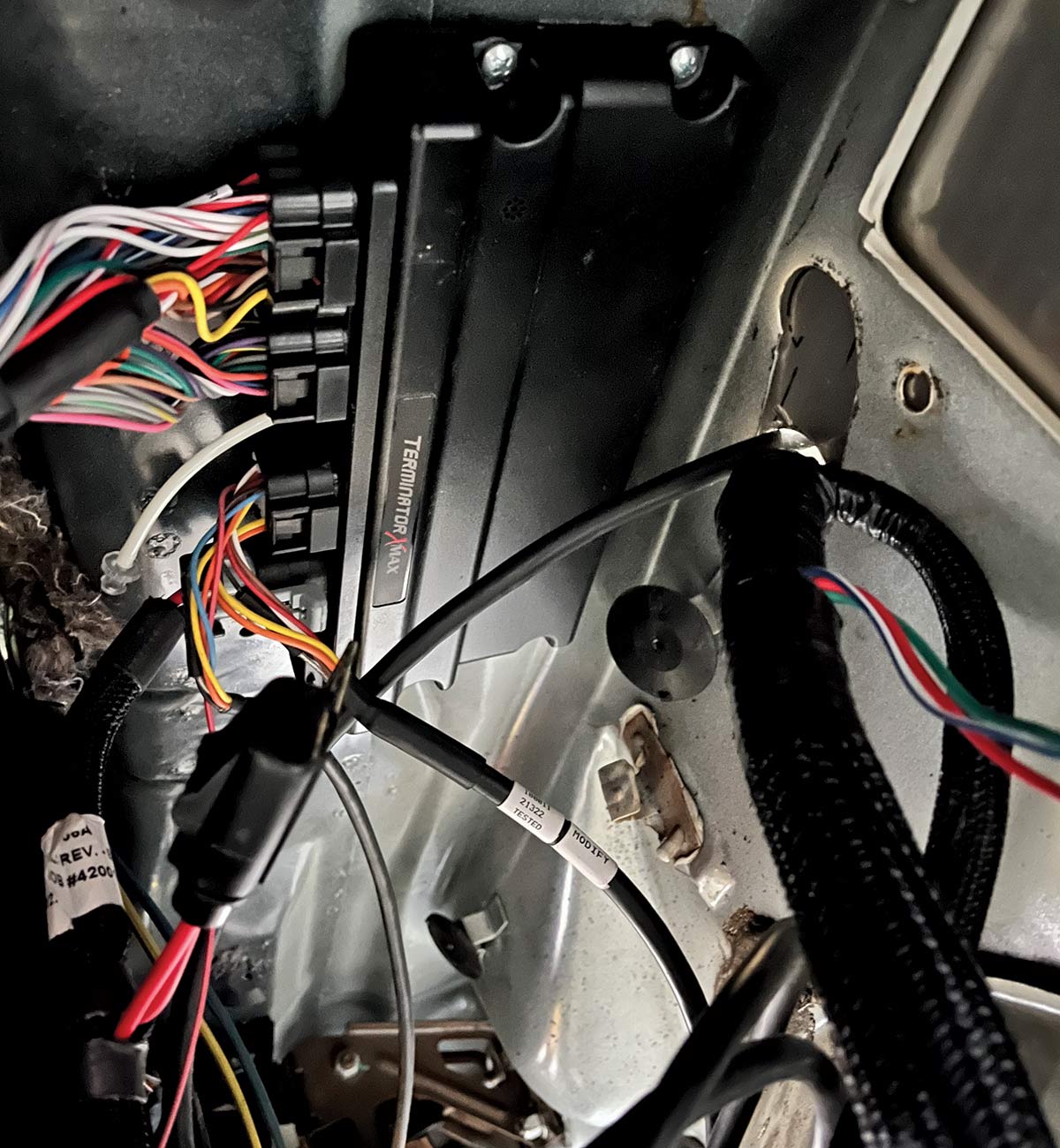
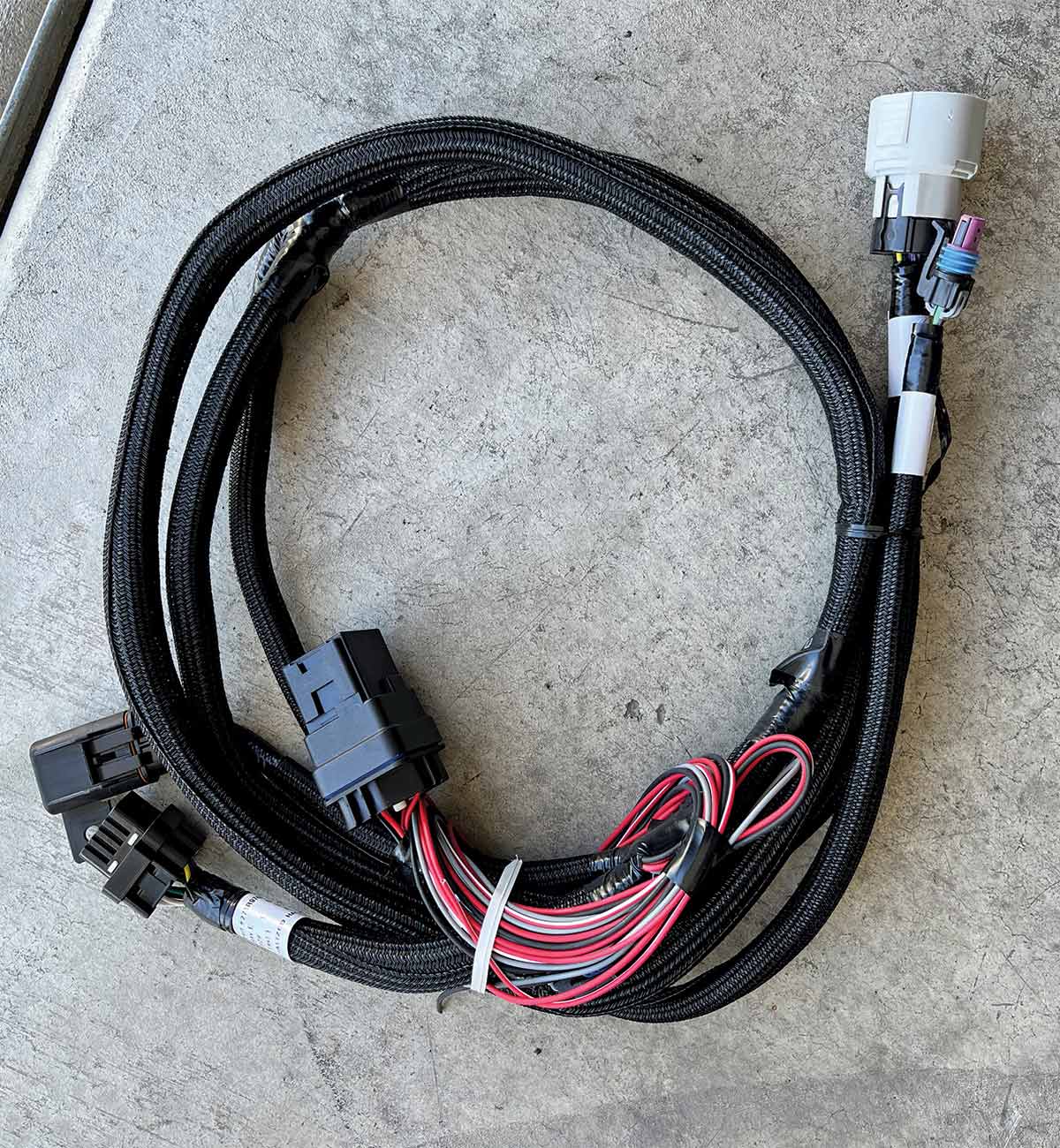
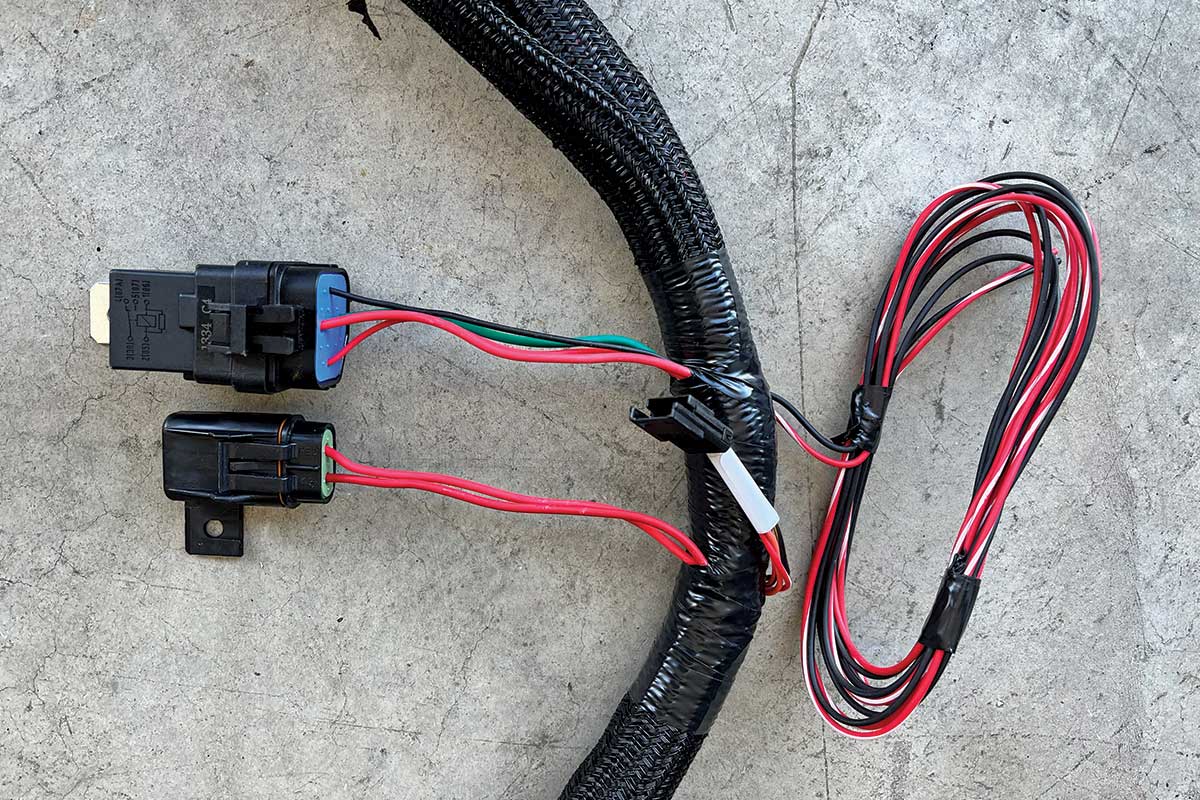

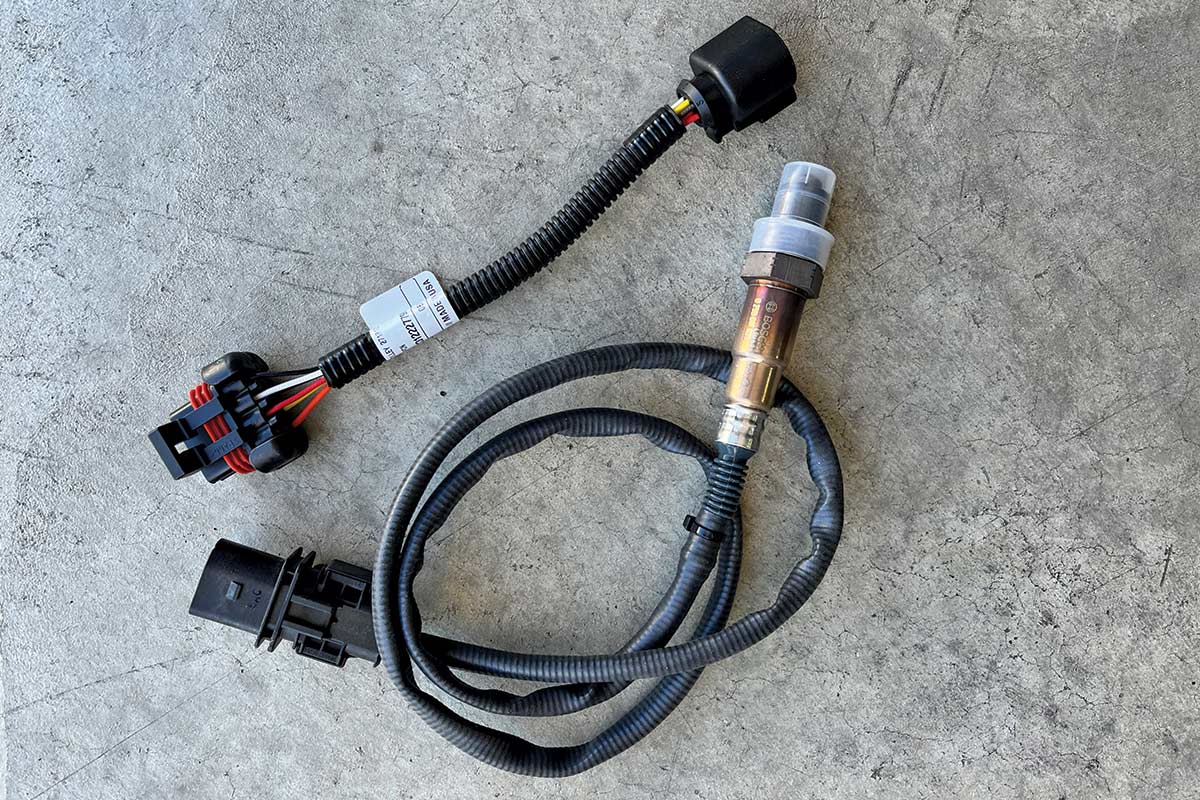
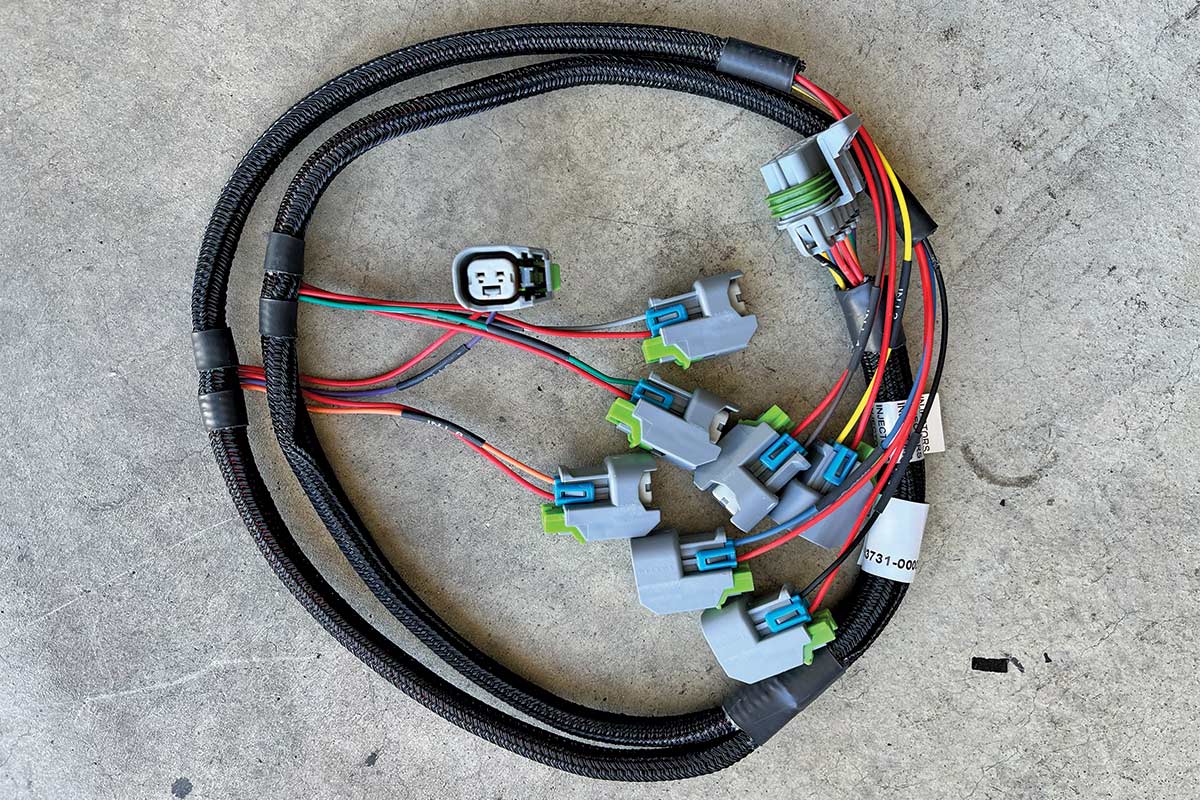

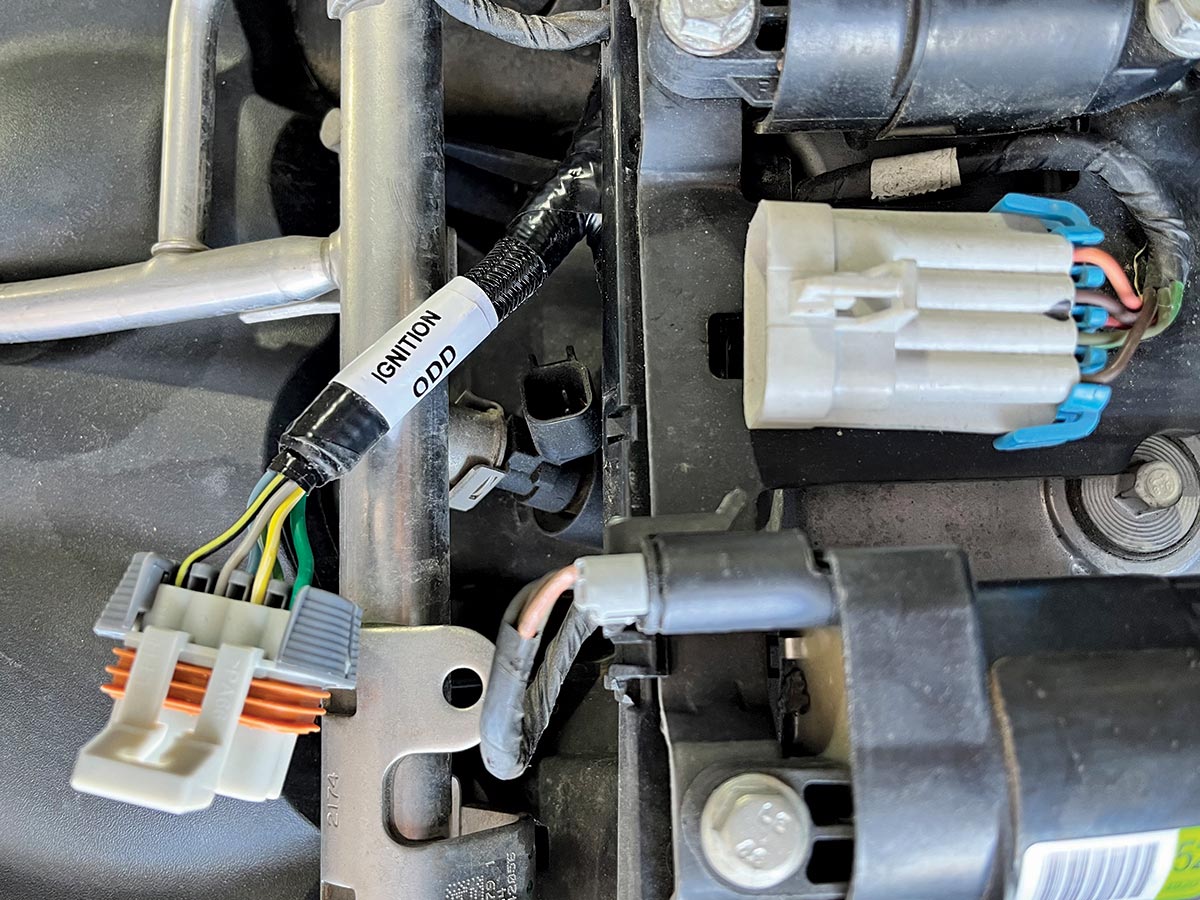
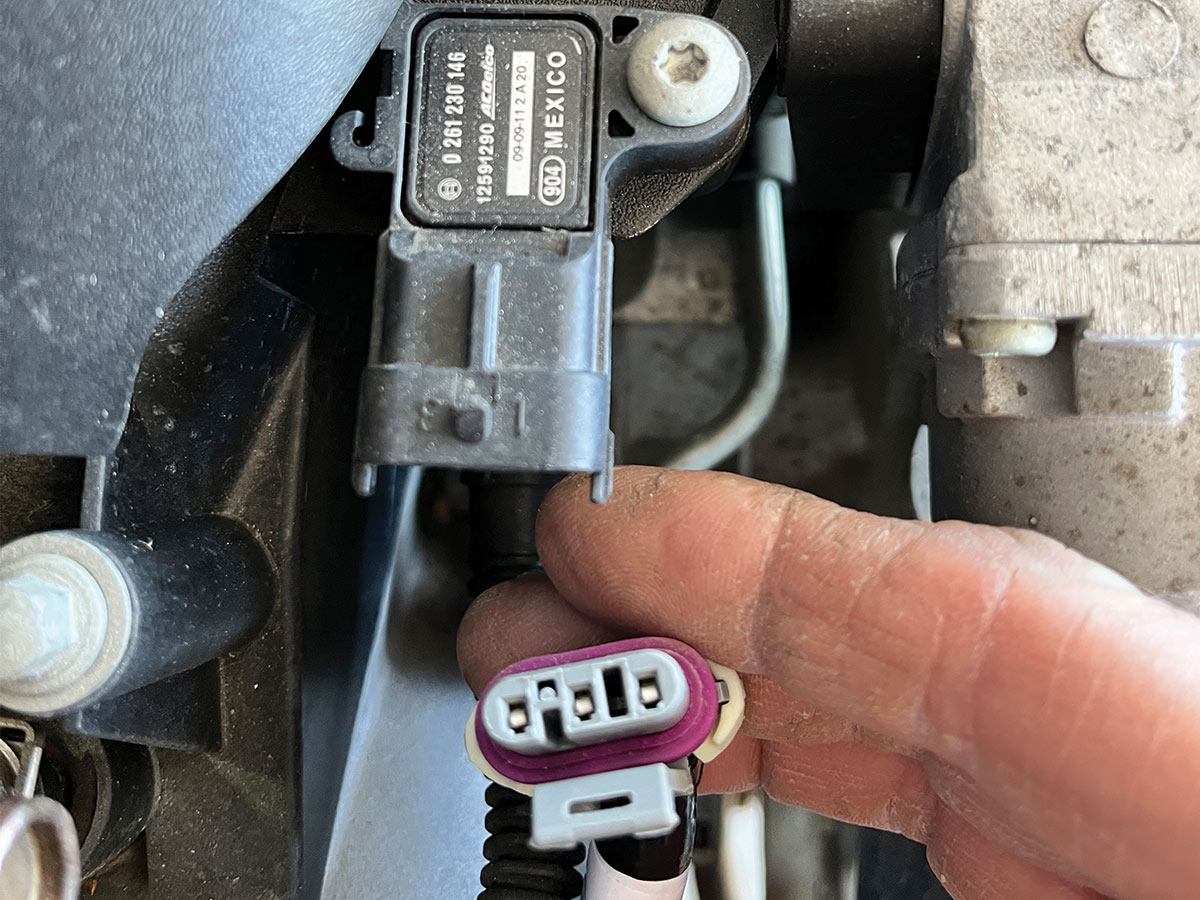
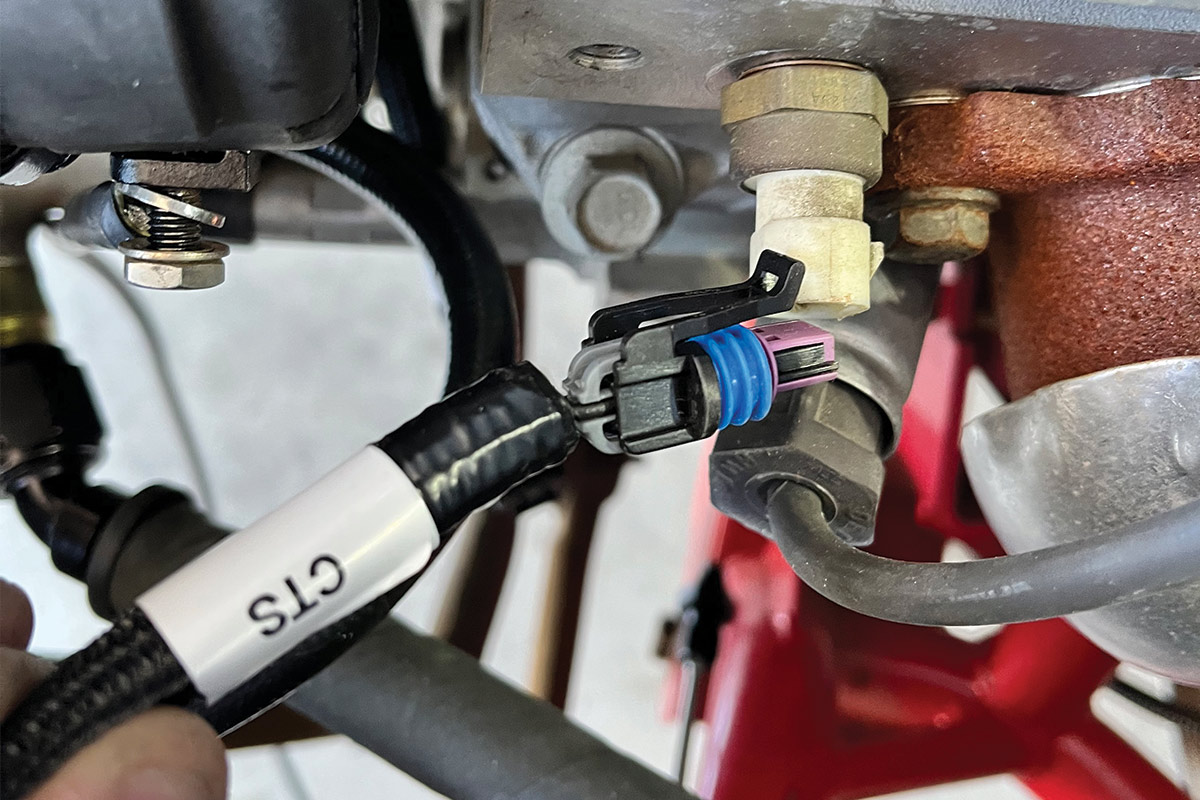
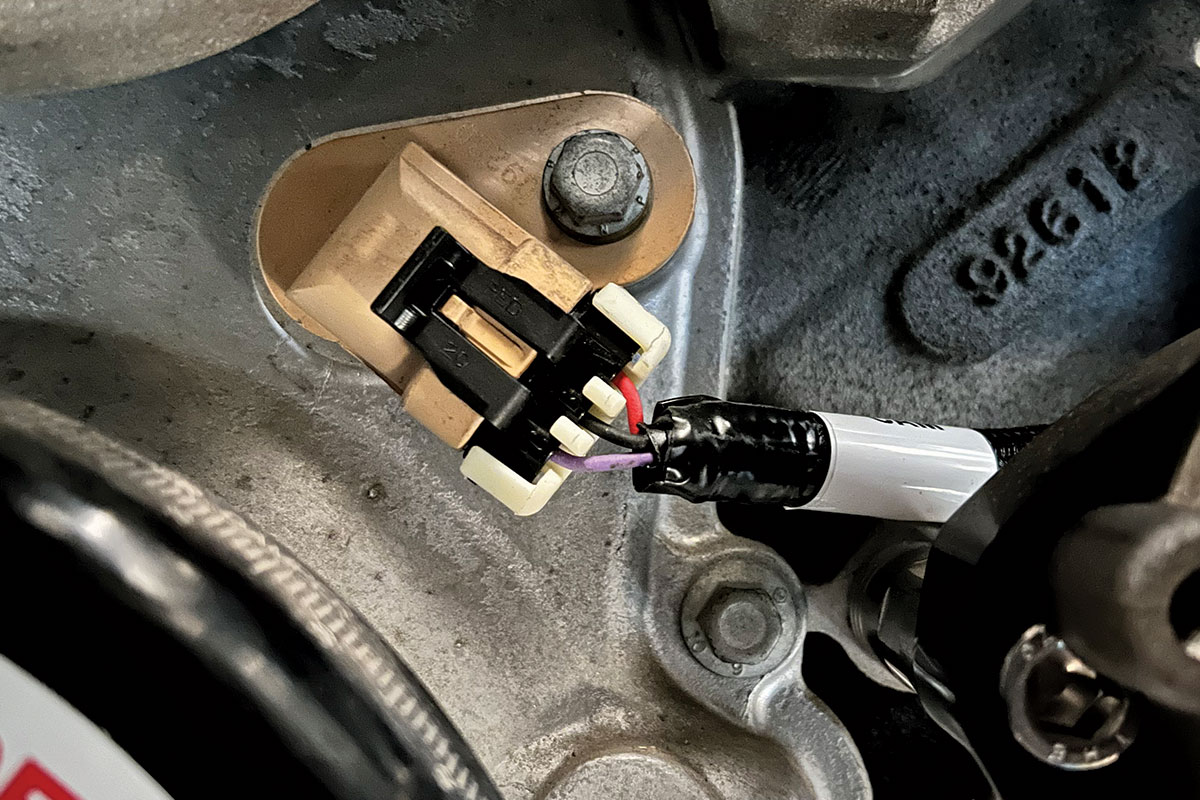


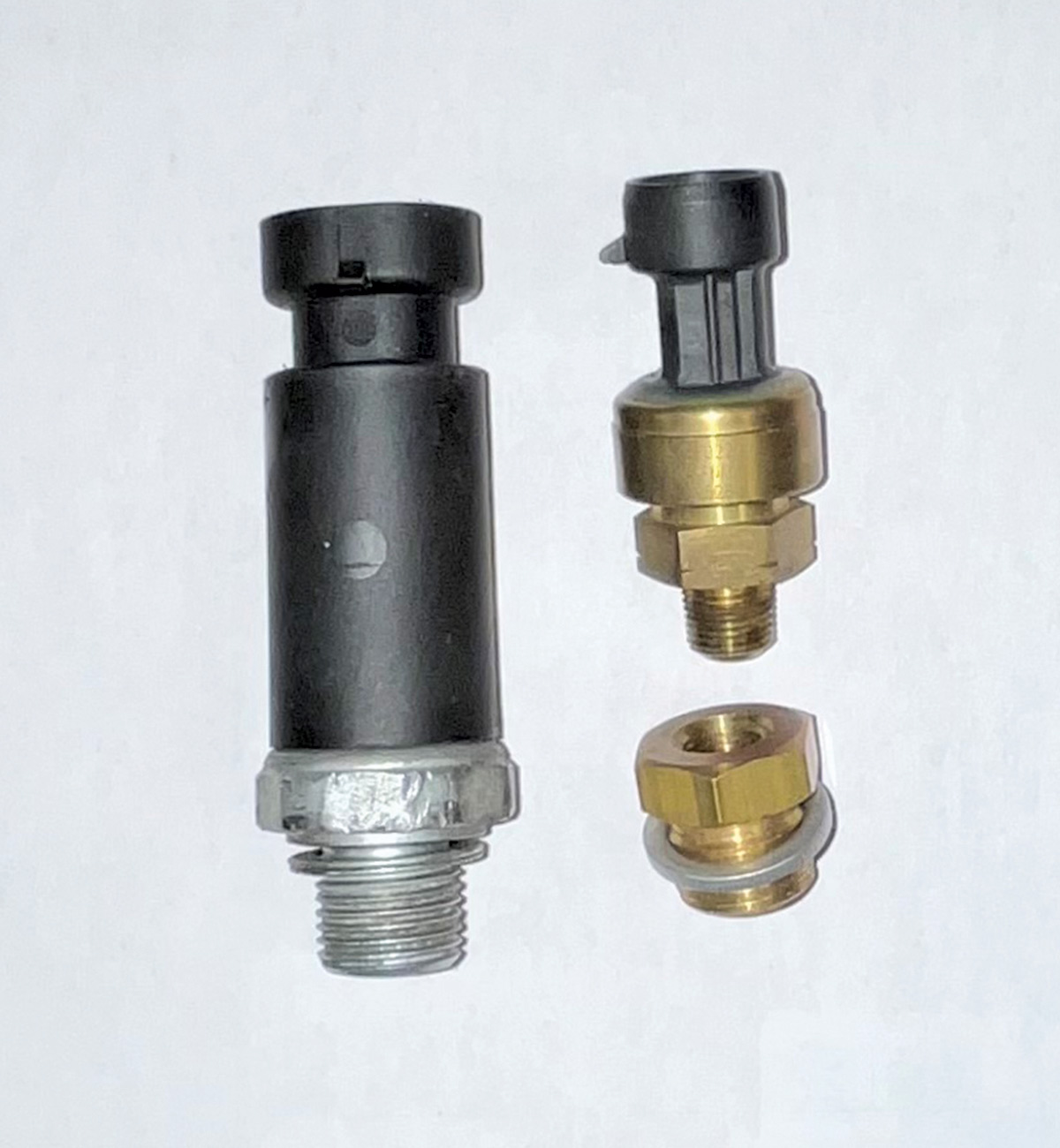
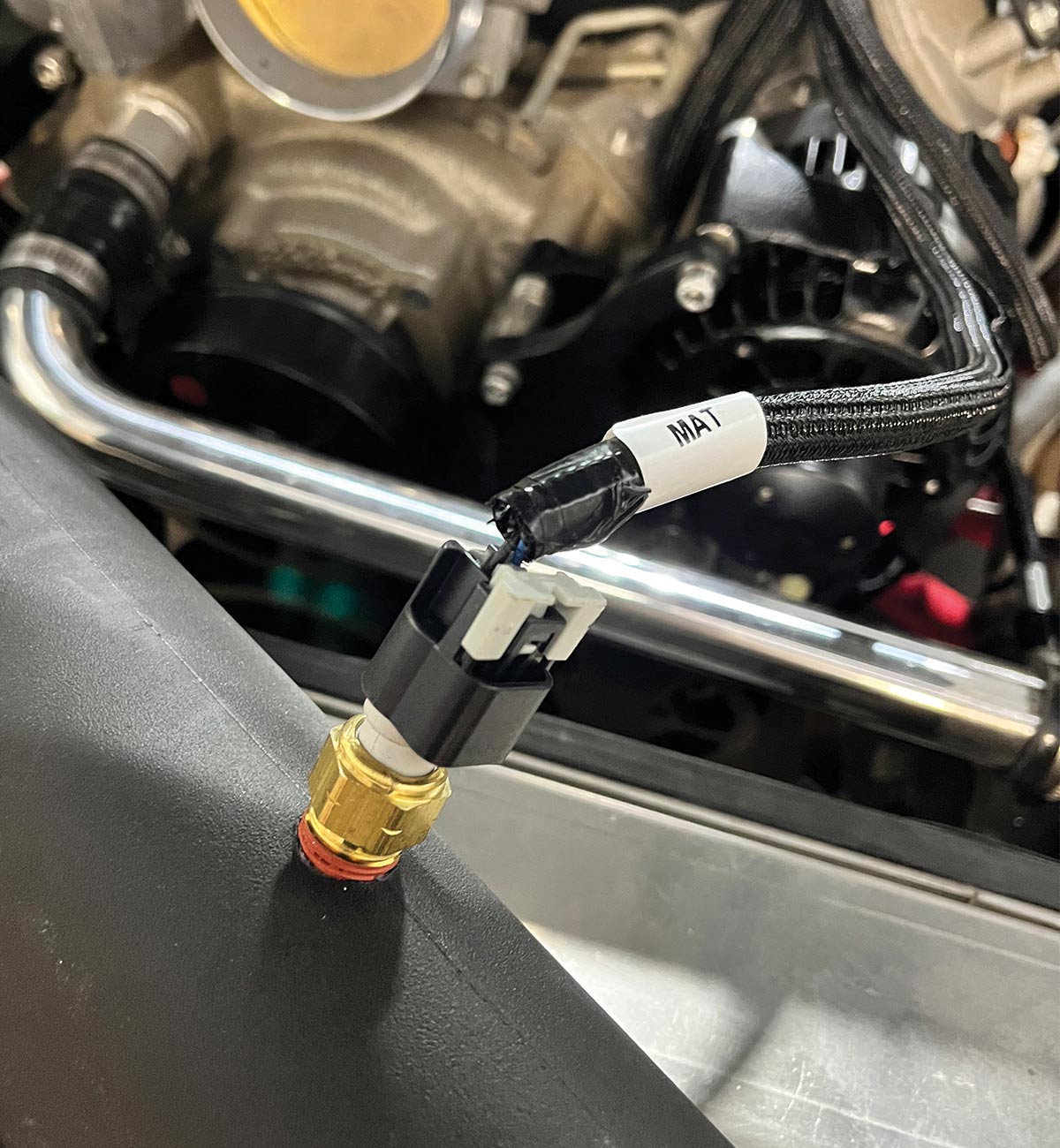
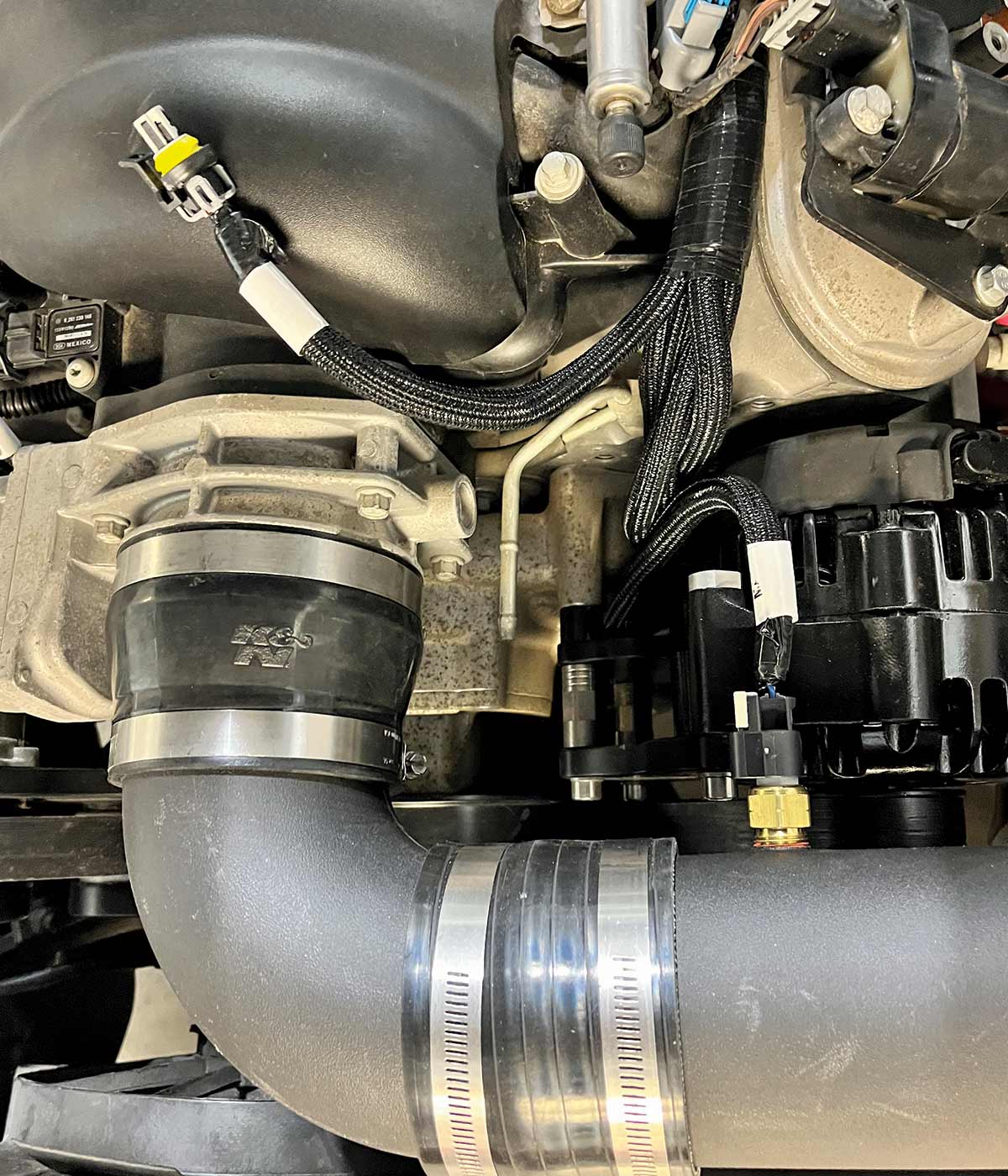
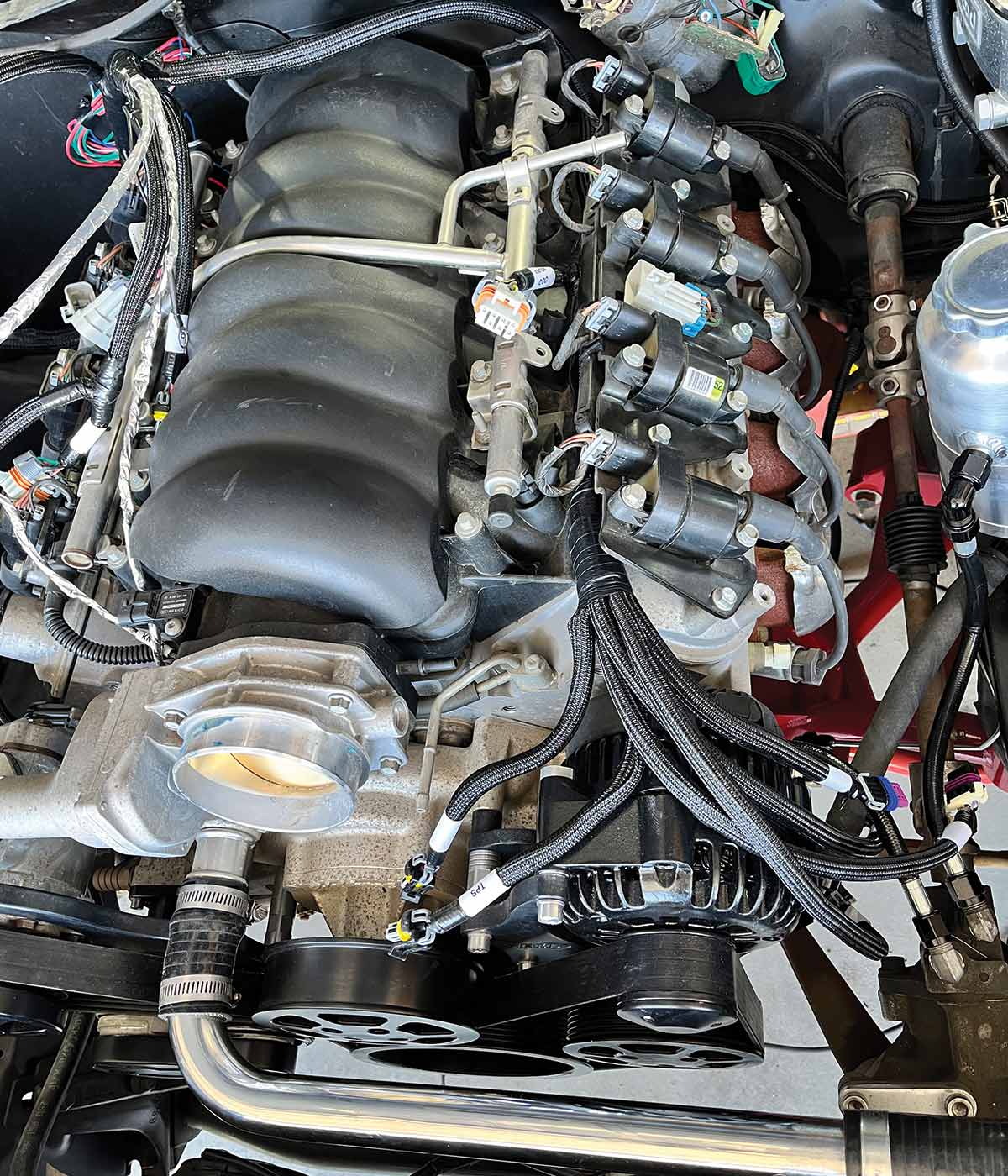
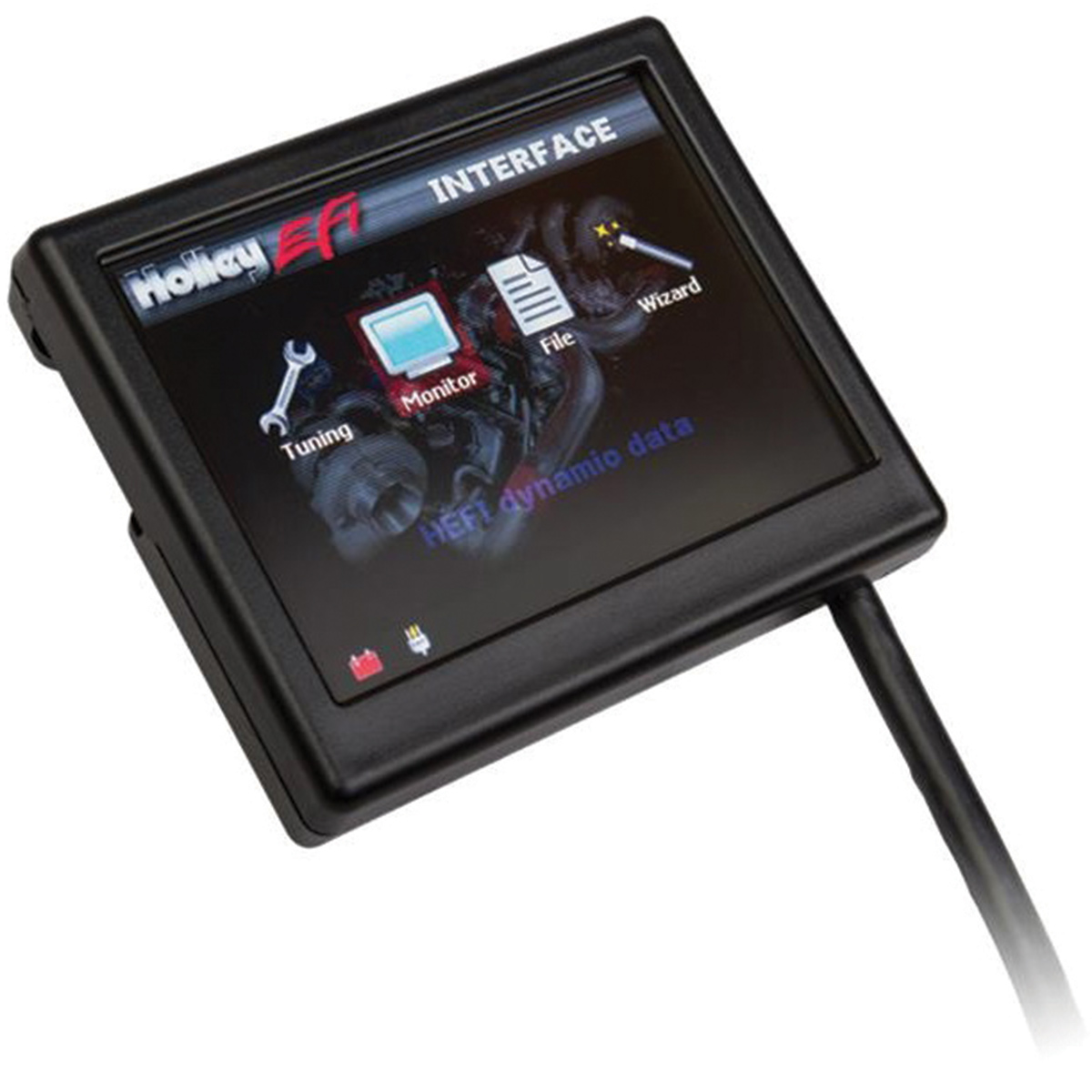
 SOURCES
SOURCES